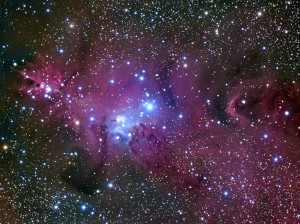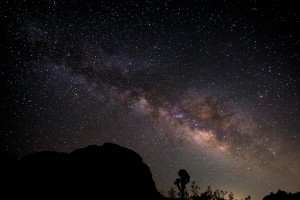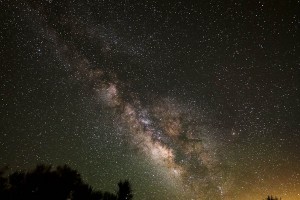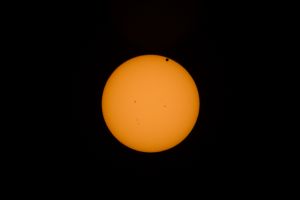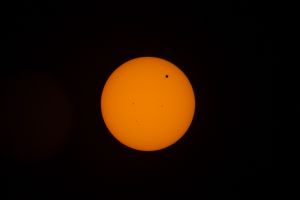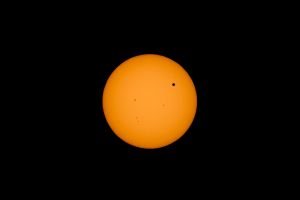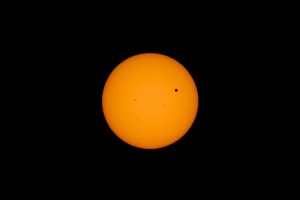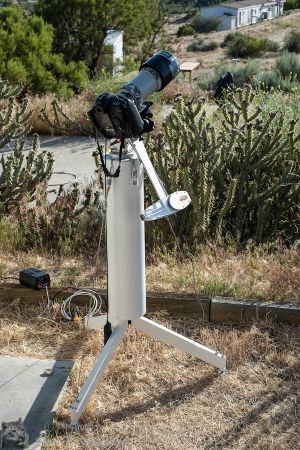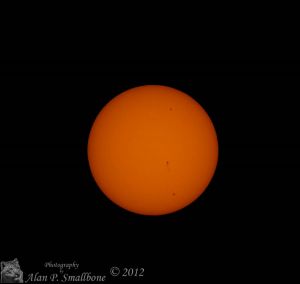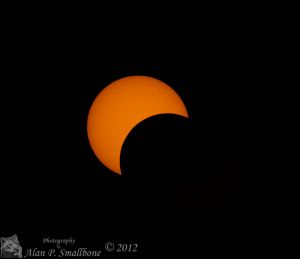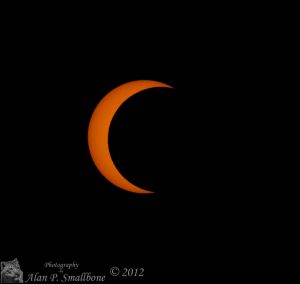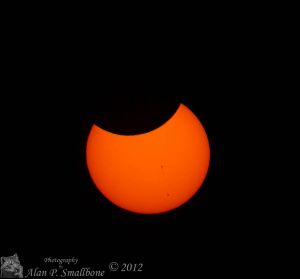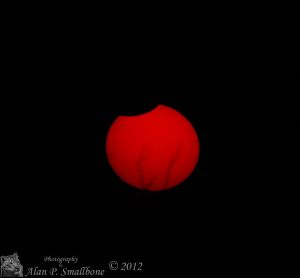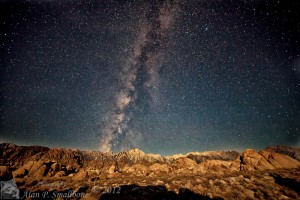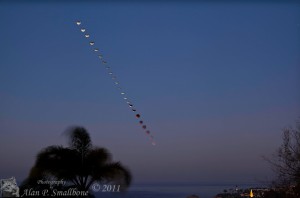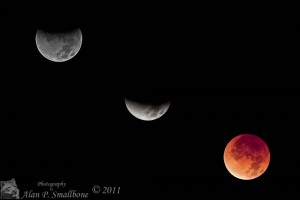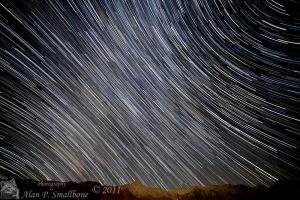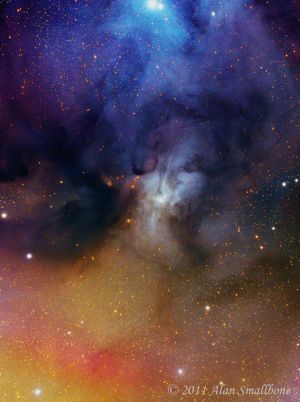On December 26, 2015 The Orange County Astronomers had some visitors from the West Point Military Academy. They stopped by to see the club’s 22inch telescope, known as the Kuhn Telescope. They were being hosted by Pat Knoll, Ralph Emerson, and Trey Mcgriff, who helped install a telescope setup at West Point. Here is a portrait of the group beside the Kuhn Telescope. Dr. Paula Fekete is shown at the telescope eyepiece.
 After posing for this shot we took a VR panorama, click on the image below to view a larger version, you can also expand it to the full size of your screen. Click and drag in the scene to scroll around. Even though it was a cold and very windy evening, we had a good time.
After posing for this shot we took a VR panorama, click on the image below to view a larger version, you can also expand it to the full size of your screen. Click and drag in the scene to scroll around. Even though it was a cold and very windy evening, we had a good time.
[pano file=”wp-visit/wp-visit.htm” preview=”wp-visit/WP_p1.jpg” ]

